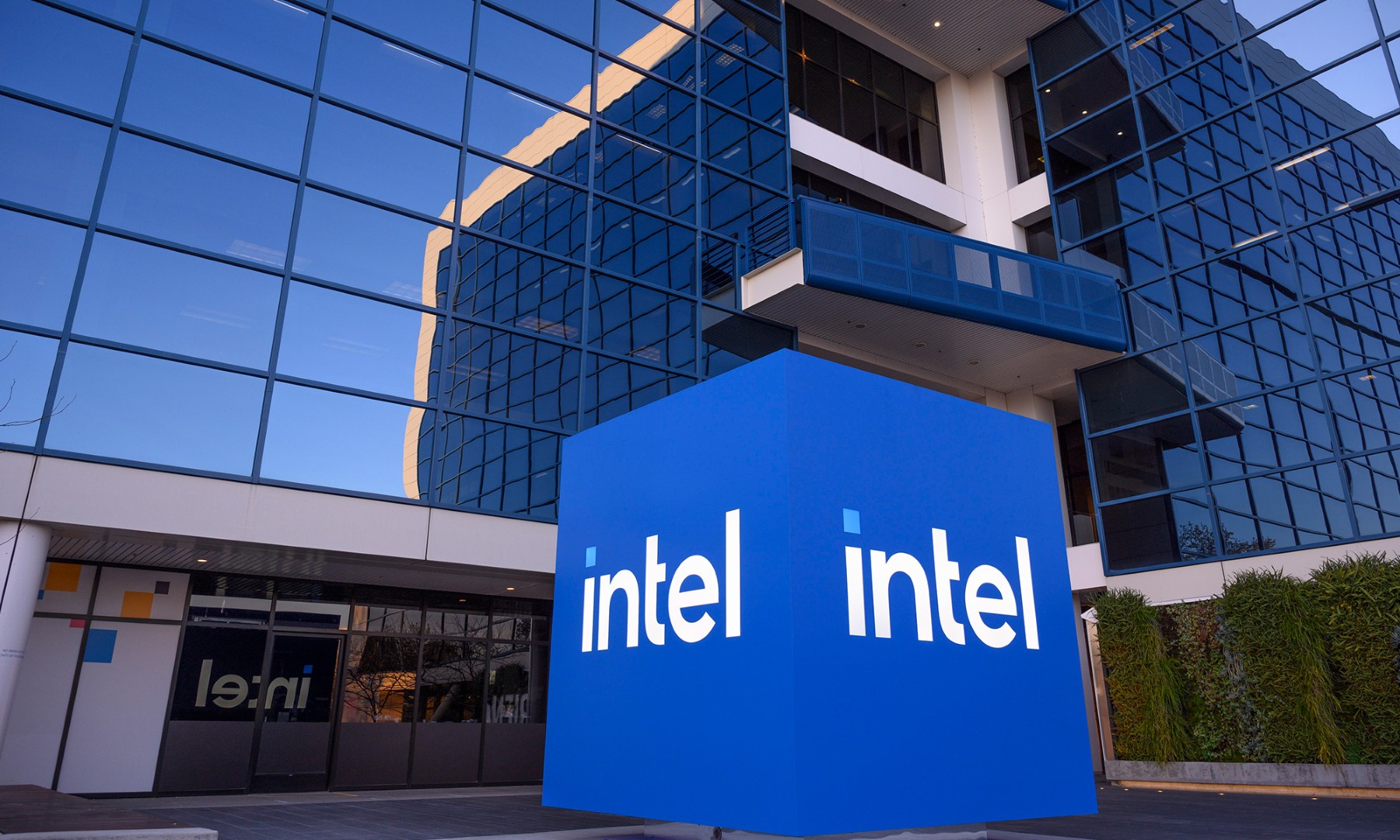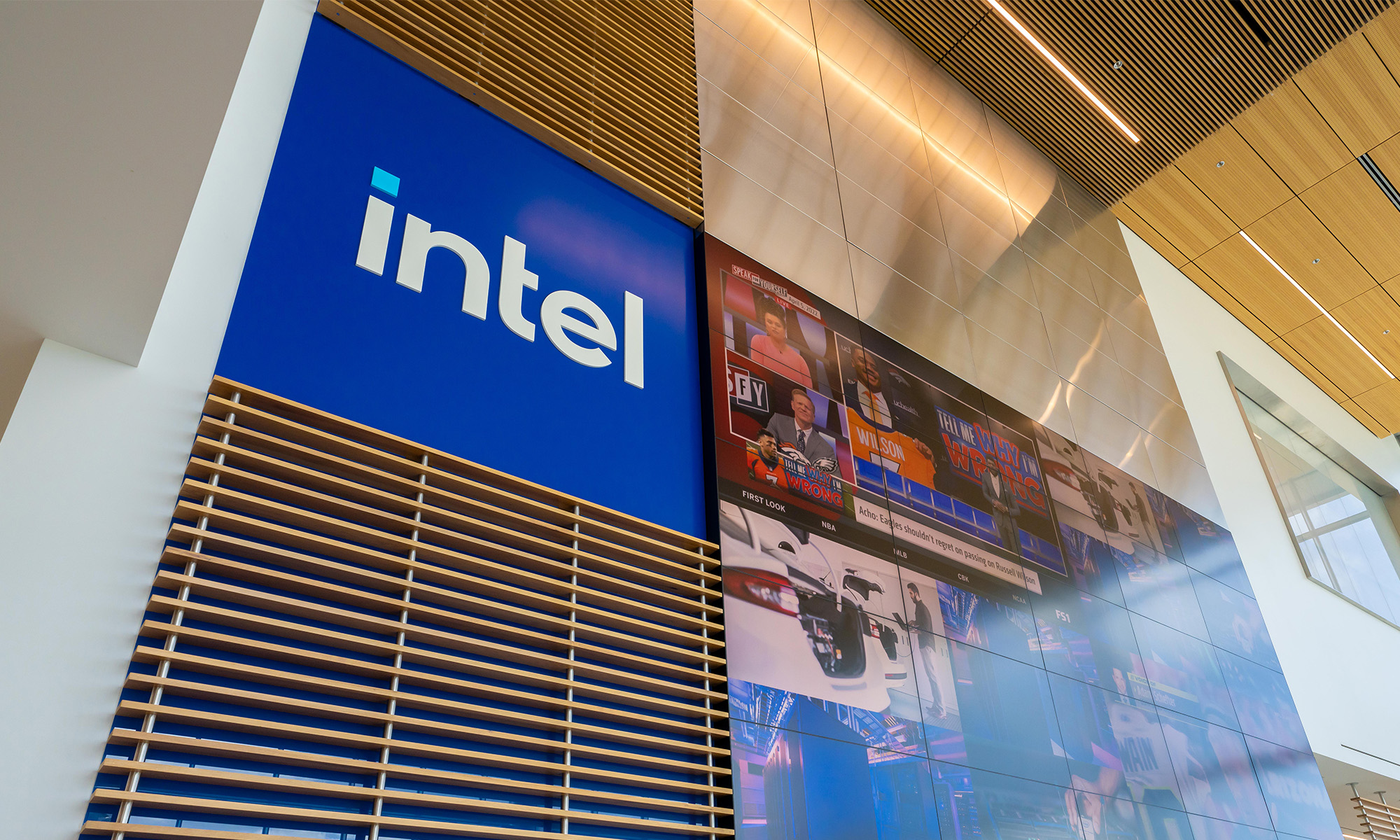Ever since the handset market began its shift to LTE, Qualcomm (QCOM 1.24%) has been the absolute winner, gaining a bigger share in cellular baseband -- another name for cellular modems -- at a brisk clip. Intel (INTC +6.47%), via Infineon Wireless, was once the No. 2 player in baseband, albeit with roughly 12% share against Qualcomm's commanding 60%-plus share.
However, as Intel's smartphone apps processors have failed to impress, and as its LTE rollout happened later than expected, its baseband share has plummeted over the last few years.
Just the facts, ma'am
The global cellular baseband market in 2012 was worth a whopping $17.8 billion, according to Strategy Analytics. Qualcomm held a stunning 52% revenue share, MediaTek held 12.5%, and Intel held 12.3%, with other players holding pretty negligible share. In 2013, the situation for Intel seems to have deteriorated even more, with Qualcomm holding 64% revenue share, MediaTek grabbing 12%, and Intel left with a mere 8%. This poor performance was driven largely by a declining 3G market, in favor of LTE multi-mode solutions, coupled with a hostile pricing environment within 3G.
The good news is that Intel expects that as 2014 rolls along, its LTE products will ramp nicely and begin undoing the damage to its revenue caused by the 3G decline. The bad news, however, is that Intel still expects its total baseband revenue to be down for 2014, despite what the company projects to be a very steep LTE ramp during the second half of the year:

(Source: Intel)
What will drive that steep ramp?
It looks as though Intel is forecasting a pretty dramatic jump in multi-comms revenue beginning at the tail end of the first quarter of 2014 and then blasting off during the end of the second quarter. This would suggest that Intel has one or more significant design wins in the pipeline that will drive this growth. Or, alternatively, Intel may simply have a ton of smaller designs that it hopes will aggregate into a nice batch of sales.
Given the company's announcement at its analyst meeting that it would be focusing on a half-dozen or so major players in the handset market -- presumably these include Samsung, HTC, Lenovo/Motorola, LG, and potentially Apple -- it seems likely that Intel has landed some baseband wins at larger customers. It shouldn't be too much longer before investors know what's going on.
The quarterly market share trends will be important
It is likely that Intel's market share, per the investor meeting slide illustrating the LTE ramp above, will have bottomed in the first quarter, with improvements happening over the next several quarters. Further, the LTE solutions should carry meaningfully higher margins for the early part of the ramp, which should help improve margins a bit -- although that may be moot, since the "Other IA" division margins will get slaughtered by the Bay Trail contra-revenue deal.
Keep a close eye on these trends, and more importantly, watch to see if Intel can really emerge as a player in the same weight class as the mighty, born-mobile Qualcomm.







